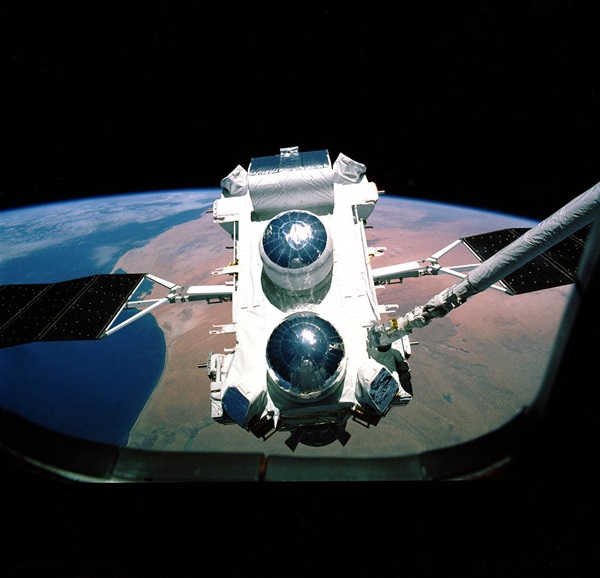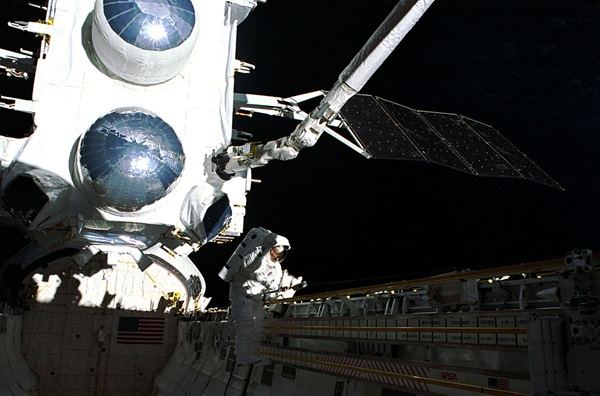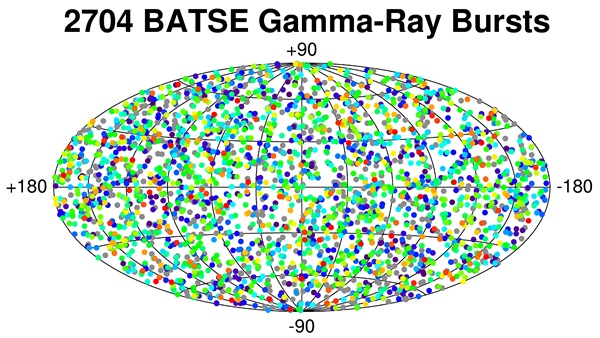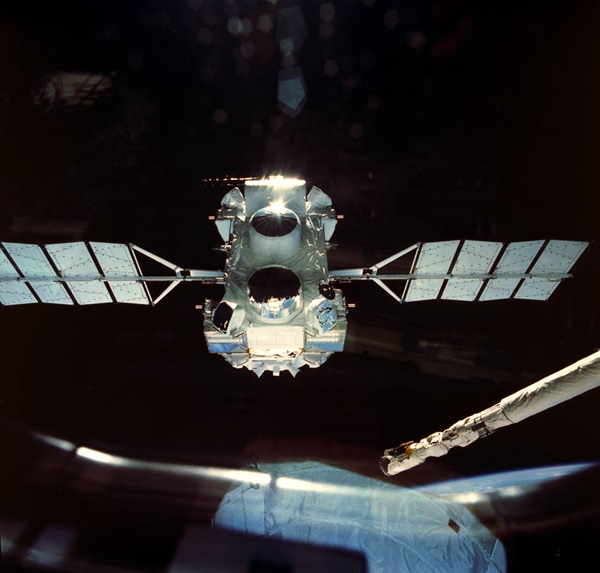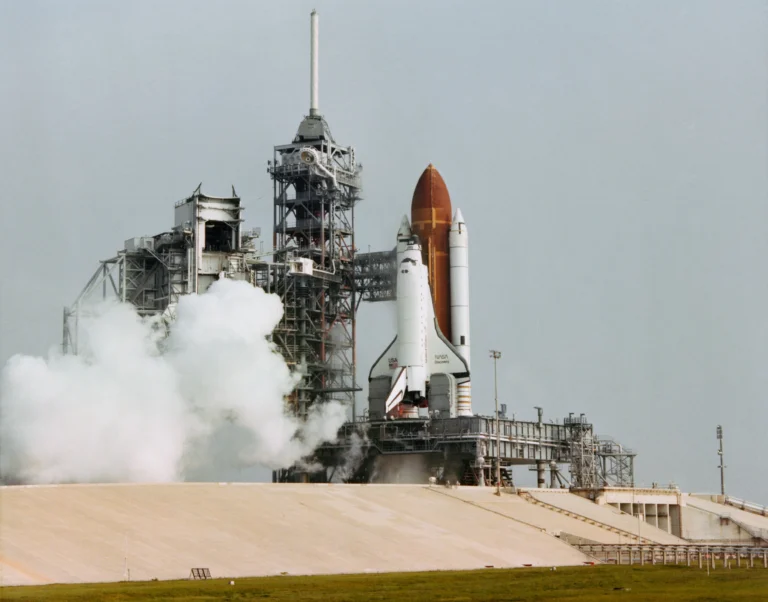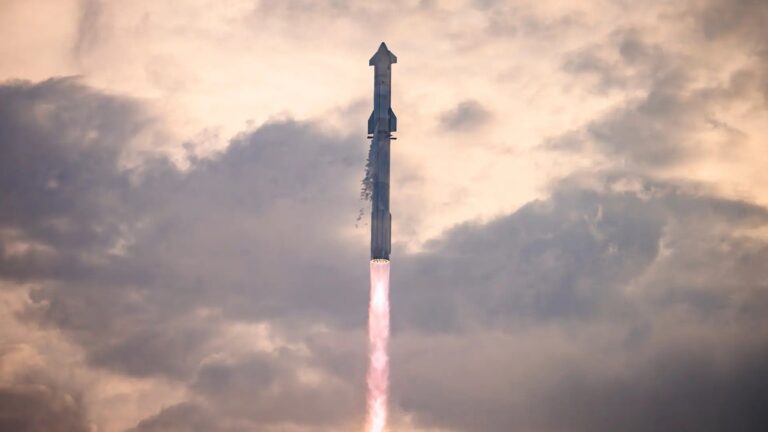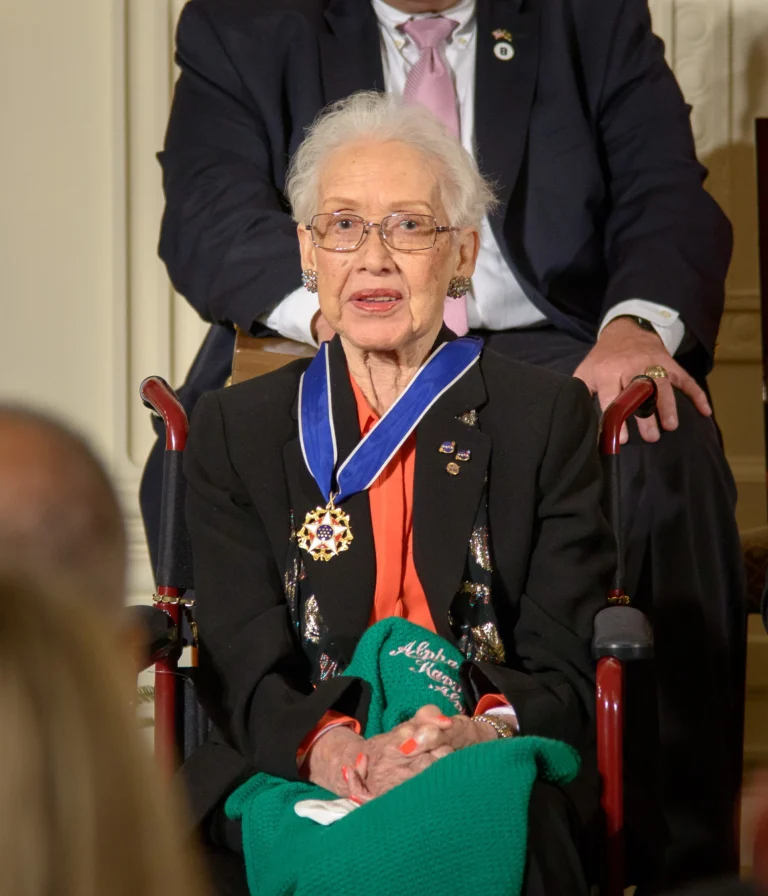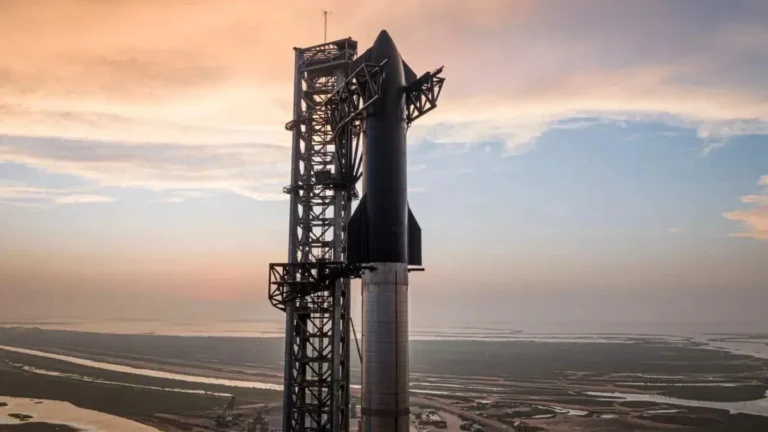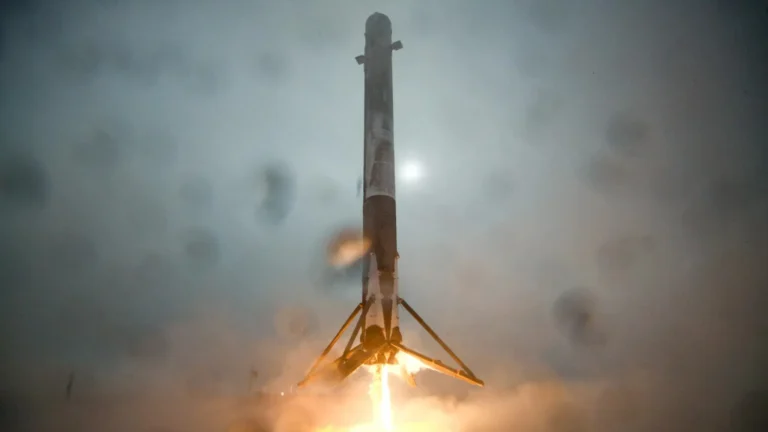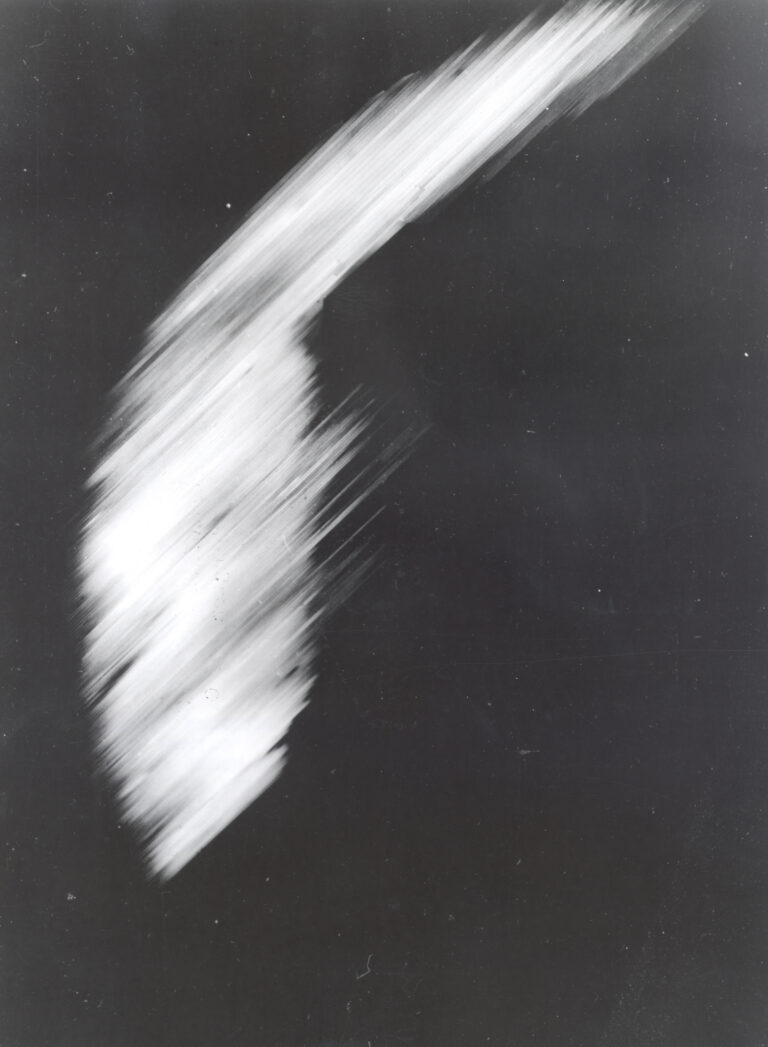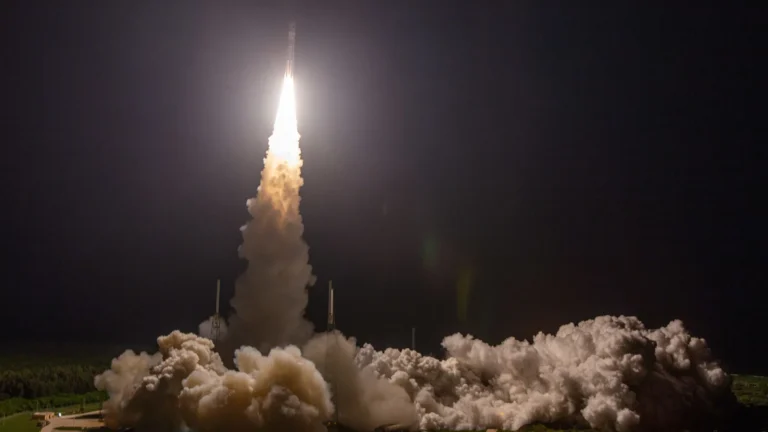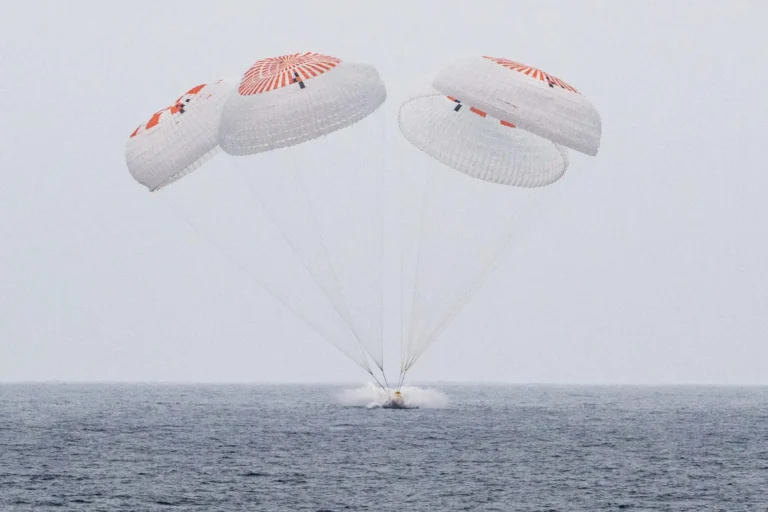Key Takeaways:
Twenty years ago, in a desolate stretch of the Pacific, 2,400 miles (3,900 kilometers) southeast of Hawaii, a spacecraft that opened our eyes to previously unseen cosmic sights, ended its mission in a blaze of molten metal hitting water. No one, save a military surveillance aircraft, was there on June 4, 2000, to witness the final throes of NASA’s $670 million Compton Gamma Ray Observatory. So, after plummeting through Earth’s atmosphere at breakneck speeds, the space telescope’s surviving fragments sank forever to the oceanic depths.
It was a sad but necessary end for one of the largest astronomical instruments ever put into orbit; an instrument which spent nearly a decade exploring the most powerful phenomena in the known universe.
What was the Compton Gamma Ray Observatory?
This unique spacecraft was named for Nobel laureate Arthur Holly Compton (1892-1962), whose pioneering work in the 1920s demonstrated that electromagnetic radiation, or light, did not only take the form of a wave. Compton discovered that light also behaves like a particle, earning him the 1927 Nobel Prize in Physics. In addition, he also laid the cornerstone for modern high-energy physics — particularly related to gamma rays.
These energetic particles extend from 10 keV to 10 MeV (1 keV is 1,000 electronvolts; 1 MeV is 1 million electronvolts; and 1 GeV is 1 billion electronvolts), and they originate from highly energetic sources like supernovae, pulsars, quasars, and black holes. On Earth, we are fortunate that our thick atmosphere shields us from their lethal onslaught. But that also means we can only study gamma rays with high-flying balloons and orbiting satellites.
NASA first unveiled plans to build a gamma-ray observatory in 1977, but budget cuts threatened cancellation at every turn. And though Compton Observatory ultimately survived the axe, its launch was repeatedly delayed by technical difficulties. Built by TRW Inc., which was later acquired by Northrop Grumman in 2002, the space telescope tipped the scales at 35,000 pounds (16,000 kilograms), making it one of the heaviest loads ever lifted into orbit by a space shuttle. And according to retired astronaut Jerry Ross, Compton’s sturdy appearance reminded him of a stout diesel locomotive.
The telescope covered a wide energy range, extending from 20 keV to 30 GeV, and would contribute to our understanding of the birth of the universe, offering unique insights into the existence of antimatter and probing the most exotic objects in the cosmos. An international team — including the United States, Netherlands, Germany, and the United Kingdom — built four powerful instruments whose remit extended from observing solar flares to pinpointing hypothetical black holes. One key focus of the telescope was spotting gamma-ray bursts, or GRBs. These peculiar flashes of high-energy radiation pop like fireflies in seemingly random patches of the sky.
Putting Compton in its place
Launched aboard the space shuttle Atlantis on April 5, 1991, Compton was placed in an orbit some 280 miles (450 kilometers) above Earth’s surface to avoid atmospheric drag and steer clear of the hazardous radiation in Earth’s Van Allen belts. Astronaut Linda Godwin, using the shuttle’s robotic arm, lifted the observatory out of the cargo bay before it deployed its solar panels.
But then, its communications antenna refused to open. A thermal blanket had somehow gotten ‘hung’ on a bolt.
With the Hubble Space Telescope having suffered its own problems in 1990, a failure on Compton was unthinkable. Efforts to jolt the antenna open were unsuccessful, forcing astronauts Ross and Jay Apt to go on an unplanned spacewalk to manually free it. And they did.
Compton starts scanning the skies
The spacewalk’s spectacular success set the stage for nine years of remarkable discovery. Once it began its mission, Compton’s Burst and Transient Source Experiment (BATSE) used eight sensors at each corner of the spacecraft to offer wide-field viewing that could also triangulate the locations of GRBs. If it spotted one, then it would immediately alert other telescopes so that they could carry out detailed follow-up observations.
Another instrument, the Imaging Compton Telescope (COMPTEL) mapped the celestial sphere with supreme precision. The Oriented Scintillation Spectrometer Experiment (OSSE), on the other hand, examined the spectral ‘fingerprints’ of heavy elements in stellar novae and supernovae. Finally, the Energetic Gamma Ray Experiment Telescope (EGRET) carried detectors ten times more sensitive than any previous instrument, completing the first all-sky survey at energy ranges above 100 MeV and uncovering nearly 200 previously unidentified sources.
Compton’s spectral range, sensitivity and resolution enabled it to detect 2,700 GRBs over the course of its mission — which averages out to about one per day. But importantly, it also revealed the likely locations of these powerful bursts, revealing that they do not reside in our galaxy, but far beyond, indicating they put out a tremendous amount of energy.
The gamma-ray telescope also uncovered fountains of antimatter streaming from the center of the Milky Way, perhaps ejected by our supermassive black hole, Sagittarius A*. It also showed the radioactive isotopes aluminium-26 and titanium-44 could be useful tracers for examining both ancient and relatively recent supernovae. Compton discovered a new kind of active galactic nuclei, the ‘blazar’, and even witnessed intense gamma-ray flashes in Earth’s own atmosphere, which tended to localize above equatorial thunderstorms.
A rocky life for Compton
But despite these triumphs, the observatory endured many bumps along the road. Both of its tape recorders malfunctioned in March 1992, and its hefty mass meant it tore through its limited supply of hydrazine fuel, which is used to keep its precarious orbit stable.
Finally, in December 1999, one of its three stabilizing gyroscopes failed. NASA was worried that additional failures and an uncontrolled re-entry could cause human injuries on the ground, so plans were set in motion to give Compton a dignified funeral.
It was on June 4, 2000, with its trailblazing instruments still fully functional, that Compton finally got to come back to Earth — even if just briefly.
For the astronomical community, it was a bittersweet day, with many significant discoveries made and many other opportunities potentially lost. Yet Compton’s legacy carries on; it contributed immensely to our knowledge of an invisible universe and laid the groundwork that countless future missions will follow.

